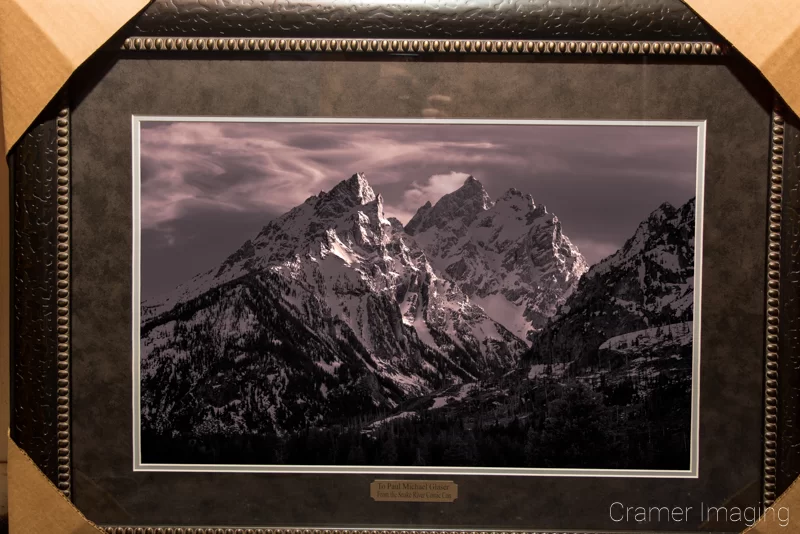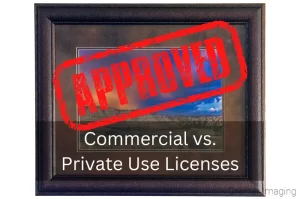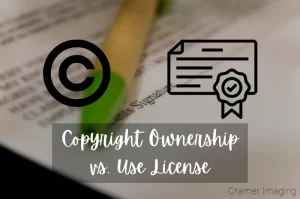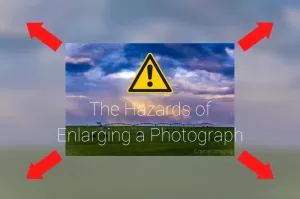Last time , we talked about the basics of a print release and a brief overview of its use in photography. We talked about certain genres of photography needing (or at least benefiting from) having such a release available to customers. One genre we didn’t discuss is that of fine art photography. Today, we’re covering that subject.
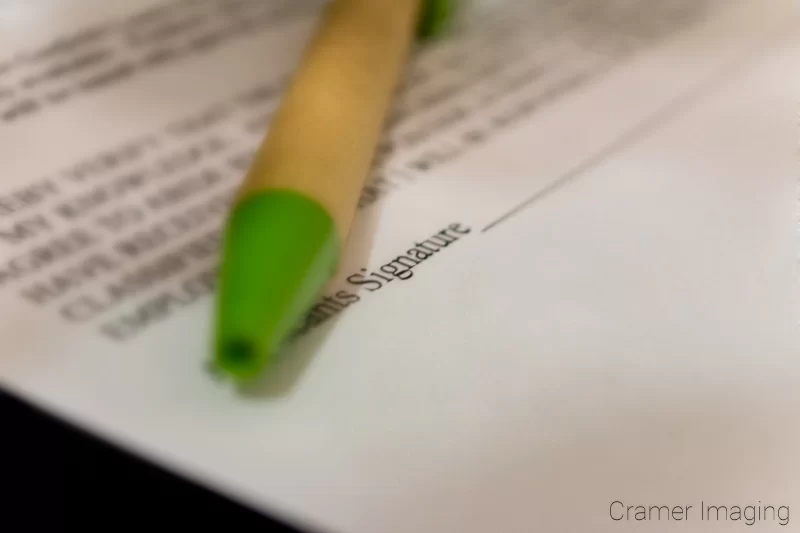
Before we dive into this week’s topic, you’ll want to make sure that you catch up on print releases as this article will make little sense to you if you don’t know what they are or why you might need one. Check out the previous article on print releases here. With that little piece of business taken care of, we can start in whether or not you need such legal paperwork for fine art photography.
Do I Need a Print Release for Fine Art Photography?
The brief and general answer to this question is: “generally, no you don’t.” Most people will not require a release for printing fine art photography. The common consumer will mostly buy calendars and prints directly. These are already licensed and already printed. The entire reason behind needing a print release has been negated. Remember that you only need a print release if you intend to print or otherwise reproduce the photo(s) yourself.
There are, however, some exceptions where you might need a release for printing fine art photography.
Exceptions to the Rule

The one exception to the above rule, which I can think of or have experienced, is when you are planning on licensing a photograph for commercial purposes. This will probably mean that you are going to reproduce the photo(s) using your own company rather than one of the artist’s choosing (this even includes calendar printing).
In this instance, you will need a release for printing for sure. You will need to let the print company know that you have permission to use the photo(s) which you plan on reproducing.
The print company may or may not ask you to produce a print release before beginning the print service you request. Still, it would be a VERY good idea to have one in writing just in case. This way, you can prove that you have permission as commercial use can be costly if you don’t have the proper permissions in place.
Conclusion
If you are an average consumer buying a fine art print, calendar, etc. which is a physical product, you don’t need a print release for the fine art photography incorporated into the product. If you are looking to use one or more fine art photos for commercial purposes, then you need to obtain a release for printing for legal purposes if for no other reason.

